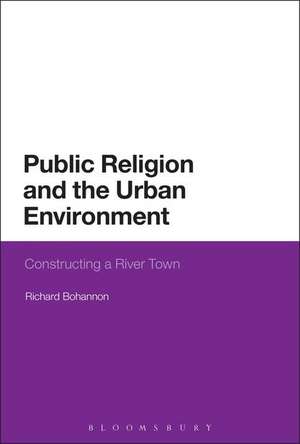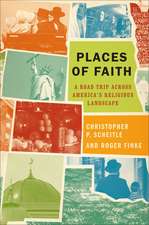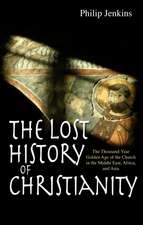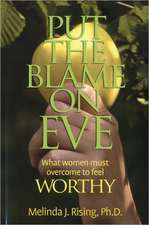Public Religion and the Urban Environment: Constructing a River Town
Autor Dr Richard Bohannonen Limba Engleză Paperback – 6 noi 2013
| Toate formatele și edițiile | Preț | Express |
|---|---|---|
| Paperback (1) | 236.27 lei 6-8 săpt. | |
| Bloomsbury Publishing – 6 noi 2013 | 236.27 lei 6-8 săpt. | |
| Hardback (1) | 829.82 lei 6-8 săpt. | |
| Bloomsbury Publishing – 25 apr 2012 | 829.82 lei 6-8 săpt. |
Preț: 236.27 lei
Preț vechi: 272.01 lei
-13% Nou
Puncte Express: 354
Preț estimativ în valută:
45.21€ • 47.32$ • 37.63£
45.21€ • 47.32$ • 37.63£
Carte tipărită la comandă
Livrare economică 31 martie-14 aprilie
Preluare comenzi: 021 569.72.76
Specificații
ISBN-13: 9781472534651
ISBN-10: 1472534654
Pagini: 208
Dimensiuni: 156 x 234 x 11 mm
Greutate: 0.29 kg
Editura: Bloomsbury Publishing
Colecția Bloomsbury Academic
Locul publicării:London, United Kingdom
ISBN-10: 1472534654
Pagini: 208
Dimensiuni: 156 x 234 x 11 mm
Greutate: 0.29 kg
Editura: Bloomsbury Publishing
Colecția Bloomsbury Academic
Locul publicării:London, United Kingdom
Caracteristici
Challenges existing scholarship in religion to take cities seriously when considering religion and nature.
Notă biografică
Richard Bohannon teaches at the College of St. Benedict & St. John's University, in central Minnesota, USA.
Cuprins
Acknowledgements \ 1. Urban Nature, Disasterand Religion \ 2. Religious Meaning-Makingand the Urban Environment \ 3. Urban Development in theRed River Valley \ 4. A Hard Land: The Cityagainst the River \ 5. Living in a River Town:The Control and Celebration of Nature \ 6. Religion, Cities and theControl of Nature \ Bibliography \ Index
Recenzii
The author's examination of the religious images and narratives at work through out and after the disaster of the river flooding in Grand Forks reveals astonishing experiences of the both separate and interwoven views of the natural and the urban, the human and the divine. Inspiringly, the book explores in depth the role and significance of Christian narratives and images as normative tools in disaster management and urban ecological restoration.
As we face increasing climate instability, this stunning study of the pressured relation between urban and nonhuman nature offers a non-apocalyptic prescience to ecological studies across the disciplines.Raising fresh questions about the role of religion in the interpretation of disaster,reconstruction, and human control, Bohannon's gripping narrative flows with the power of the river it follows.
Bohannonskillfully brings together the interdisciplinary conversations regardingreligion and cities, cities and nature, and religion and ecology as he tracesthe often mixed religious imagery regarding both cities and nature. Indeed, foranyone interested in these fields, as well as the cultural response to naturaldisasters, this book raises important questions as it explores expanding thesediscourses in a more complex direction. A well-written and fascinating study ofthe cultural perceptions that shape our sense of "acts of God" and "naturaldisasters", and what they reveal about our larger understanding of cities andnature and the desire to control nature.
As we face increasing climate instability, this stunning study of the pressured relation between urban and nonhuman nature offers a non-apocalyptic prescience to ecological studies across the disciplines.Raising fresh questions about the role of religion in the interpretation of disaster,reconstruction, and human control, Bohannon's gripping narrative flows with the power of the river it follows.
Bohannonskillfully brings together the interdisciplinary conversations regardingreligion and cities, cities and nature, and religion and ecology as he tracesthe often mixed religious imagery regarding both cities and nature. Indeed, foranyone interested in these fields, as well as the cultural response to naturaldisasters, this book raises important questions as it explores expanding thesediscourses in a more complex direction. A well-written and fascinating study ofthe cultural perceptions that shape our sense of "acts of God" and "naturaldisasters", and what they reveal about our larger understanding of cities andnature and the desire to control nature.












